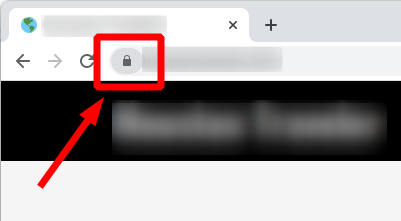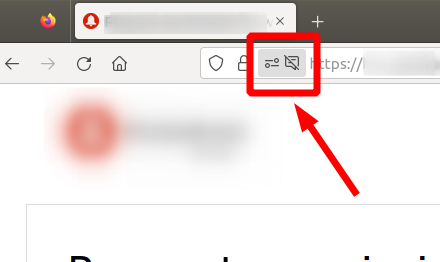
Innovations in Miniature House Design
In the world of DIY miniature house kits, innovation is at the forefront, ushering in fresh designs and smart features that captivate enthusiasts and newcomers alike. This article will explore the latest trends, innovative practices, and styles that are shaping the future of miniature house crafting. From tech-savvy kits to aesthetically unique designs, immerse yourself in the growing community of miniature house builders.
Key Takeaways
- The miniature house kit market is evolving with innovative designs and features.
- Smart technology integration is enhancing the crafting experience.
- Compact designs are becoming increasingly popular, catering to space restrictions.
- There is a variety of styles available to appeal to different interests and tastes.
- Themed kits are gaining traction, encouraging creativity and personalization.
1. The rise of smart features in miniature kits
Modern miniature house kits are incorporating technology that captivates both tech lovers and crafting enthusiasts. Innovations such as LED lighting, programmable elements, and remote controls are enhancing the model-building experience.
| Feature | Description |
|---|---|
| LED Lighting | Adds realistic ambiance to miniature houses, illuminating interiors and exteriors. |
| Programmable Elements | Allows users to control aspects like lighting changes and sound effects. |
| Remote Controls | Facilitates control of smart features from a distance for convenience. |
2. Emerging design trends
As designers seek to create unique experiences for builders, certain trends have emerged within the DIY miniature house market. Below are some noteworthy styles that are gaining momentum:
- Compact designs: Perfect for limited spaces, these kits allow for creativity without requiring extensive room.
- Nature-inspired aesthetics: Kits include elements from nature, such as botanical illustrations and eco-friendly materials.
- Modern minimalism: Clean lines and simple structures are favored, showcasing how less can be more.
- Fantasy-themed kits: Enchanting designs inspired by fairy tales are attracting both children and adults.
3. Popular themed kits
Themed kits are becoming increasingly popular, allowing builders to personalize their projects and reflect individual tastes. Here are some popular themes in the current market:
- Classic Victorian styles that resonate with history lovers.
- Rustic cabins for those who love the great outdoors.
- Modern urban homes that embody contemporary trends.
- Whimsical fairytale cottages to ignite the imagination.
4. Crafting communities and influence
The DIY miniature house kit community is thriving, offering a platform for creativity and innovation. Online forums and social media have created opportunities for enthusiasts to share tips, trends, and their completed projects.
Engaging in these communities can provide valuable insights into emerging techniques and inspire your next project. To learn more about community dynamics, explore our news and trends section.
5. Concluding thoughts
The innovations in miniature house design are exciting for both experienced miniaturists and new crafters. As the market evolves, embracing smart technology and creative themes adds layers of enjoyment to the building process. Whether you are interested in starting your journey with beginner-friendly kits or diving into the detail-rich intricate miniature kits, the opportunities are endless.
Pros
- Innovative features enhance the crafting experience.
- Diverse themes cater to various interests.
- Community support provides valuable resources and inspiration.
Cons
- Some advanced kits may be overwhelming for beginners.
- Premium features can increase costs.
Tips for getting started
- Begin with a kit that matches your skill level to avoid frustration.
- Join online communities for support and inspiration.
- Experiment with different themes and styles to discover your preferences.
- Embrace trial and error; every project is a learning experience.

